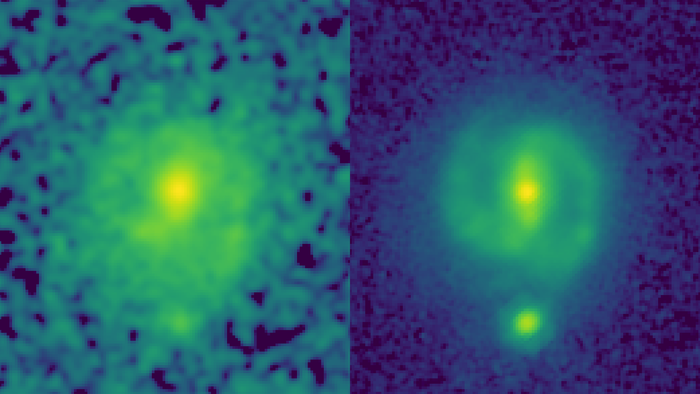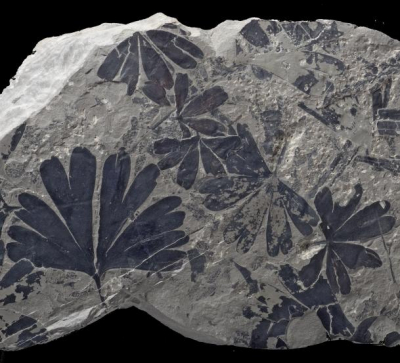Astronomers have made a groundbreaking discovery using NASA’s James Webb Space Telescope (JWST). Using this powerful telescope, they could detect galaxies with stellar bars — elongated features of stars stretching from the centers of galaxies into their outer disks — at a time when the universe was a mere 25% of its present age. This finding is significant because it requires astrophysicists to update and refine their theories of galaxy evolution.
The JWST is a space telescope that will allow astronomers to observe previously unexplored regions of space that are too faint or too distant for even the most advanced ground-based telescopes. It has been built by NASA, the European Space Agency, and Canadian Space Agency and is expected to launch in 2021.

The new images from JWST reveal barred galaxies similar to our Milky Way galaxy dating back 13 billion years ago, which is much earlier than what had been previously thought. The presence of these barred galaxies at such an early age suggests that galaxy structures can form faster than previously believed and may help explain why spiral galaxies like the Milky Way are so common today.
These findings also shed light on how stars form differently in barred galaxies compared to other types of galaxies, as well as how black holes influence their evolution over time. Moreover, they suggest that there may be more out there yet to discover about galaxy formation and evolution in the early universe using JWST’s powerful capabilities.
These findings from NASA’s James Webb Space Telescope not only give us insight into how barred galaxies form and evolve but also provide us with an opportunity to further refine our understanding of galaxy evolution as a whole. As we wait for its launch next year, it will be exciting to see what else this revolutionary telescope discovers about our universe!











